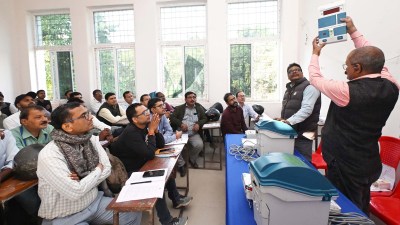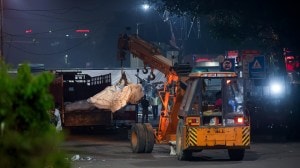Kaiga test
There is understandably a veil drawn over what transpires at nuclear plants. However,the government and Indias nuclear...
There is understandably a veil drawn over what transpires at nuclear plants. However,the government and Indias nuclear establishment have put out assurances that there is no need to fear a wider fallout of the incident at the Kaiga power plant in which about 50 workers were exposed to radiation from tritium,a radioactive isotope of hydrogen and by-product of heavy water reactors. S.K. Jain,chairman and managing director of the Nuclear Power Corporation of India Ltd,has said that the preliminary investigation has not revealed any violation of the operating procedures or radioactivity releases or security breach. Following medication,the affected workers returned to work and only one is reportedly found to carry contamination levels bordering on the Atomic Energy Regulatory Boards prescribed upper safety limit. MoS for Science and Technology Prithviraj Chavan has added that the safety of Indias nuclear power plants is not in doubt.
In context,the incident at Kaiga may be minor. But all authorities appear to concur with Atomic Energy Commission Chairman Anil Kakodkars earlier statement that somebody had deliberately put tritiated water in a drinking water cooler that has been identified as the source of the radiation contamination. This cooler,from which the exposed workers drank,is outside the reactor building; but nuclear establishment sources claim that an outsider had no means of mixing tritium in its water. If it is indeed an inside job,there perhaps was no security breach. But then what prompted the so-called disgruntled insider to perform this criminal act and how did he manage it?
Early detection may have prevented a more dangerous outcome this time,but the investigation must run its course and catch the culprits. There is,after all,a wider civic and humanitarian issue at stake here let alone security breaches,even an act of mischief on the inside at a nuclear installation always has the potential to spell a bigger disaster.



- 01
- 02
- 03
- 04
- 05




























